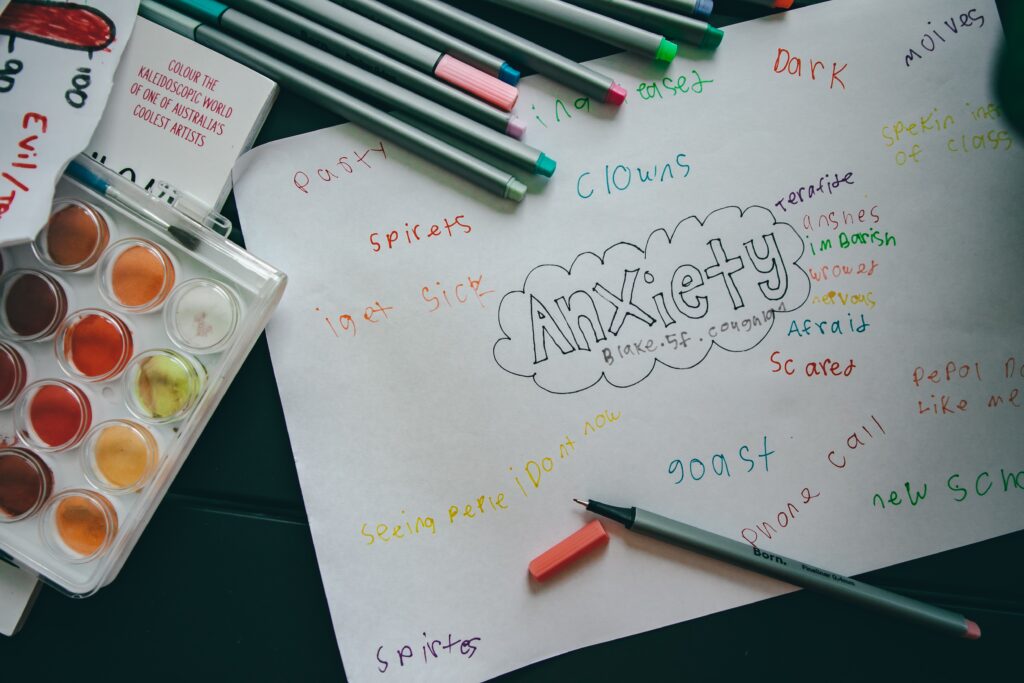Separation anxiety is a common and normal part of child development. It is characterised by distress or anxiety experienced by a child when separated from their primary caregivers. While most children outgrow this phase, some may continue to struggle with separation anxiety, which can have a significant impact on their daily lives. As parents, it is crucial to understand and support children experiencing separation anxiety. In this blog, we will explore effective strategies and tips to help parents navigate this challenging phase.
Establish a Secure and Predictable Environment:
Creating a secure and predictable environment is essential for children with separation anxiety. Consistent routines and clear expectations can provide a sense of stability and reassurance. Maintaining regular schedules for meals, bedtime, and daily activities can help children feel more secure and reduce anxiety.
Gradual Separation:
Gradual separation can help children build resilience and confidence. Start by leaving your child for short periods, gradually increasing the duration as they become more comfortable. Begin with leaving them with a trusted caregiver or family member and gradually transition to other settings, such as daycare or preschool. Always ensure you communicate the temporary nature of your absence and reassure them of your return.
Encourage Independence:
Encouraging independence in small tasks can help children develop a sense of control and self-confidence. Involve them in age-appropriate activities, such as dressing themselves, tidying up, or making choices. This gradual empowerment can build their self-esteem and reduce separation anxiety.
Open Communication:
Effective communication plays a vital role in supporting children with separation anxiety. Talk to your child about their feelings and emotions, and acknowledge their fears and concerns. Encourage them to express themselves through words, drawings, or play. Assure them that their emotions are valid and provide comfort and reassurance.
Practice Relaxation Techniques:
Teaching relaxation techniques can help children manage anxiety during separation. Deep breathing exercises, visualisation, or simple mindfulness activities can help calm their minds and regulate emotions. Practice these techniques together regularly, both during separation and in daily routines, to reinforce their effectiveness.
Create Transitional Objects:
Transitional objects, such as a favourite stuffed toy or a special blanket, can provide comfort and security during separation. Encourage your child to choose an object that they can keep with them when you are apart. These objects act as a tangible reminder of their connection to you and can offer a sense of familiarity and comfort.
Maintain Trust:
Building and maintaining trust is essential for children with separation anxiety. Be consistent in your words and actions, following through with promises and commitments. Reassure your child that you will always be there for them and prioritise spending quality time together. This trust will foster a secure attachment and alleviate separation anxiety.
Create a Social Story:
Social stories are visual tools that help children understand and prepare for specific situations or events. Creating a social story about separation can provide children with a clear narrative and expectations, reducing anxiety. The story should be personalised and include familiar characters or settings. It can outline the sequence of events, such as saying goodbye, engaging in activities while apart, and the reunion. Use simple language and include positive affirmations and reassurances about your return. Reading and discussing the social story regularly can help your child become more familiar and comfortable with the separation process.
Seek Professional Support:
If your child’s separation anxiety persists or significantly interferes with their daily functioning, seeking professional support may be beneficial. A mental health professional, such as a play therapist, can provide specialised guidance and interventions tailored to your child’s needs.
Conclusion:
Supporting children with separation anxiety requires patience, understanding, and consistent effort. By creating a secure environment, gradually exposing them to separation, encouraging independence, and maintaining open communication, parents can help their children navigate this phase successfully. It is important to remember that each child is unique, and strategies may vary in effectiveness. If concerns persist, do not hesitate to seek professional support. With the right interventions, children can overcome separation anxiety and thrive in their daily lives.
References:
American Academy of Pediatrics. (2015). How to Ease Separation Anxiety. Retrieved from https://www.healthychildren.org/English/ages-stages/toddler/Pages/Soothing-Your-Childs-Separation-Anxiety.aspx
American Psychological Association. (2021). Separation Anxiety. Retrieved from https://www.apa.org/topics/separation-anxiety
Child Mind Institute. (n.d.). How to Ease Separation Anxiety. Retrieved from https://childmind.org/article/what-is-separation-anxiety/
KidsHealth. (2022). Separation Anxiety. Retrieved from https://kidshealth.org/en/parents/separation-anxiety.html
National Institute of Mental Health. (2016). Anxiety Disorders in Children and Adolescents. Retrieved from https://www.nimh.nih.gov/health/topics/anxiety-disorders/index.shtml




